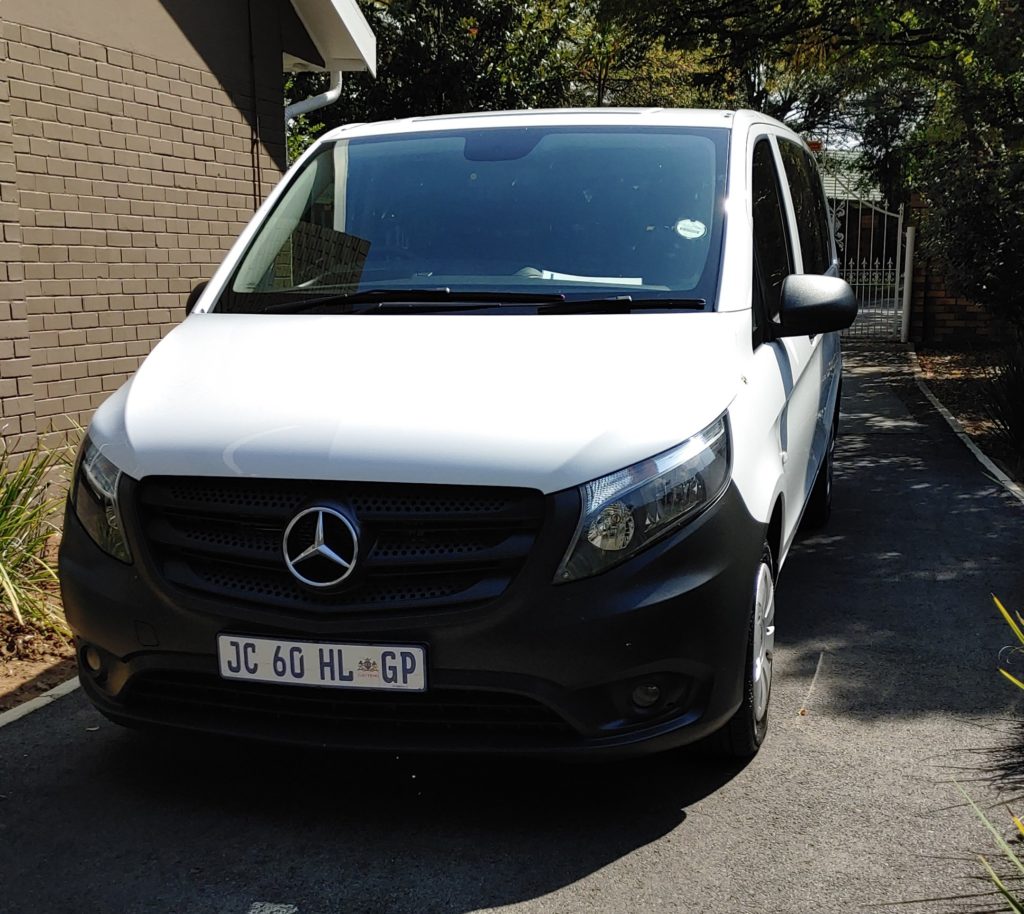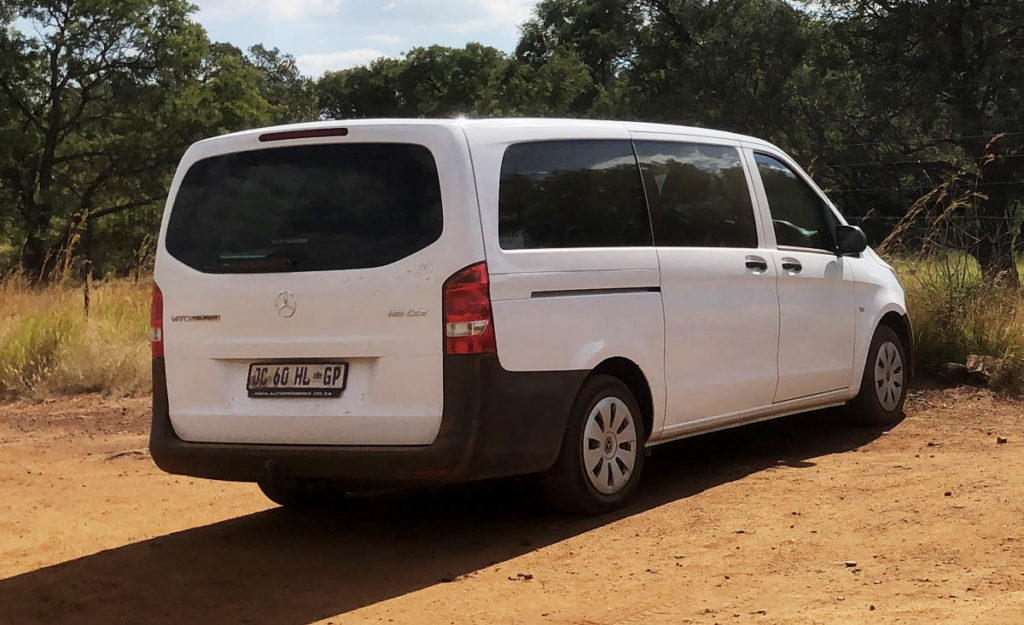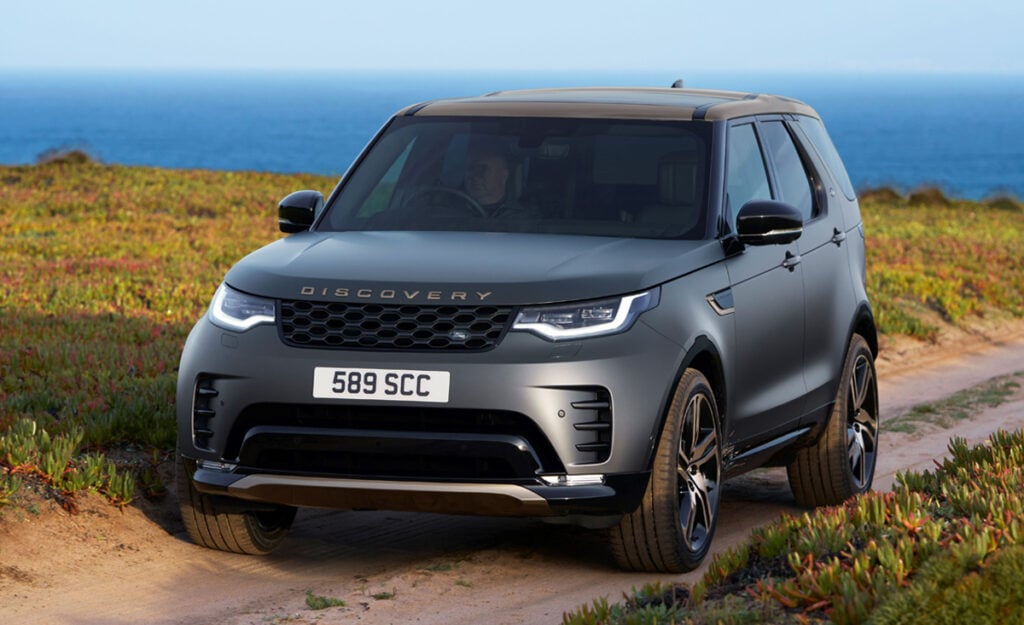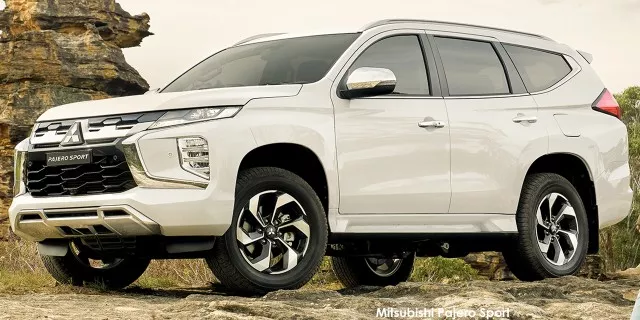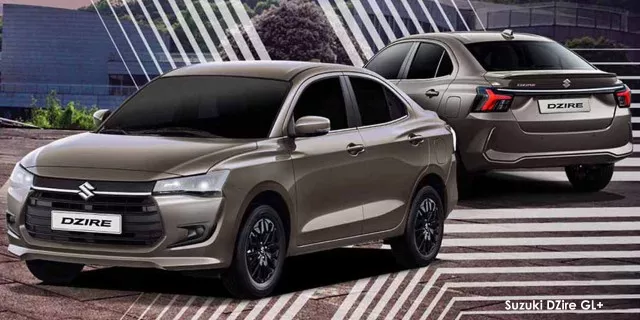2019 Mercedes-Benz Vito review – All the value without the depreciation

A new Mercedes-Benz Vito 116 Tourer Pro will set you back just over R900,000 – unless you opt for an 18-month old, ex-hire car.
Buying a Vito second-hand like this can save you a large chunk of money, and I drove such a pre-owned version for a week to see what it has to offer.
The market
Mercedes-Benz has made a name for itself with commercial vehicles like the Vito, thanks to their reliability and robustness.
But even with its more humble positioning in the brand’s range, it is not a cheap van.
At R911,000 new, you get a plain-looking van with vinyl flooring, cloth seats, hubcaps, and unpainted bumpers.
That’s a lot of money when most of its competitors are around R150,000 cheaper.
R750,000 seems to be the benchmark for the field, which will get you the top-spec Hyundai H-1, VW Transporter, and Ford Tourneo Custom.
That is, unless you opt for an ex-rental version like the one Auto Pedigree loaned me for a week.
Putting it to the test
When the Vito was delivered, a quick glance at the information sheet revealed this was a late-2019 model with just under 25,000 kilometres on the clock.
The bodywork and interior were immaculate, and it had a new set of tyres.
The most surprising thing, however, was the price.
To the casual observer, it could pass as a new vehicle – but it was R380,000 cheaper than a new model, coming in at R530,000.
As buyers of this type of van are typically a larger family or tour operator, I assumed this role to put it to the test.
For heavy-duty use it is perfectly equipped. There are no fancy carpeting or glossy surfaces to be scratched with high passenger traffic.
This means it is not feature-rich. There’s only one USB port and a 12V socket in the cabin, along with Bluetooth and aux connectivity for the media system.
Being the Vito rather than the V-Class, there’s also no centre console or hidden storage areas, and its commercial van roots mean there’s not much by way of interior door mouldings or side panels.
The seats are then arranged in a practical three-row and three-seat arrangement for a total seating capacity of eight. And even with all eight seats in place, it has more than enough space in the boot for a brace of full-size travel bags.
Additionally, although there are manual sliding doors on both sides, only the single seat on the left in the second-row folds forward to allow access to the third row – which is a bit cumbersome.
I also battled to fit in a house door with all the non-folding seats up, which I purchased on an impromptu visit to the hardware store during the week.
Driving the van
While the seating set-up provided a few challenges, the drive of the van was nothing but superb.
Its 2.1-litre, turbo-diesel engine puts out 120kW and 380Nm, making it the most powerful amongst the competition.
It’s not noisy and runs very smoothly, helped a great deal by the 9-speed, close-ratio automatic gearbox.
With the speed-cruise set on the highways, it was almost whisper-quiet inside – save for the wind noise.
The auto box makes for smooth pull-offs and responsive acceleration relative to the van’s size, too, even in town driving.
Despite its size, it’s also not unwieldy.
I found the Vito feels less like a van and more like a medium-sized SUV in and around town.
Parking, even without parking aids, was also easy – much simpler than with a double-cab bakkie.
Conclusion
When chatting to acquaintances about my test drive, I got tired of them telling me: “Nothing races like a rental”.
“You never know how the rental drivers drove it”, was another line I heard a lot.
On face value, the fact of the matter is that this used van was in better condition than many single-owner vans I’ve looked at before.
It is also comforting that it comes with the remainder of its Mercedes-Benz warranty and maintenance plan, and is being sold by an established vehicle ratiler.
Overall, I enjoyed driving the Vito and see its appeal as a family-transport car.
The fuel consumption was also good for the week, averaging around 8.0l/100km.
For those that need a van and want to save a large chunk of money, a used option like this should definitely be on your consideration list.
